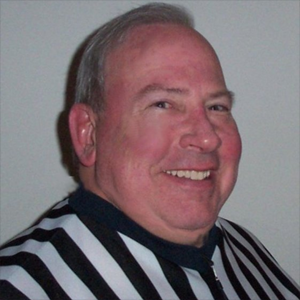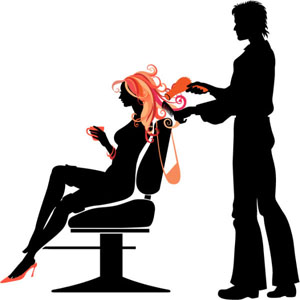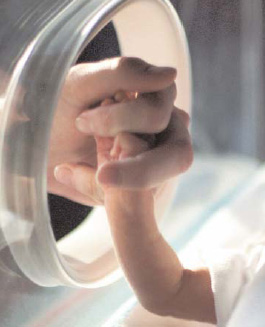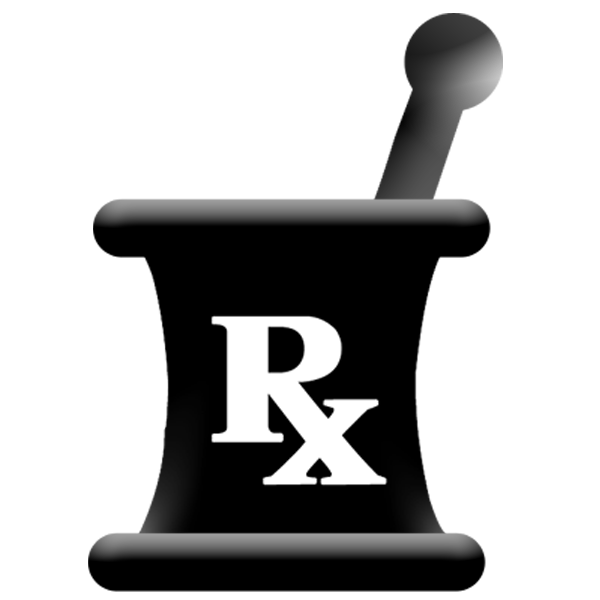
Rndballref
20 Years Experience
Chicago, IL
Male, 60
For twenty years I officiated high school, AAU and park district basketball games, retiring recently. For a few officiating is the focus of their occupation, while for most working as an umpire or basketball referee is an avocation. I started ref'ing to earn beer money during college, but it became a great way to stay connected to the best sports game in the universe. As a spinoff, I wrote a sports-thriller novel loosely based on my referee experiences titled, Advantage Disadvantage
The ball is always awarded to the team opposite of the one who touches the ball last. The rim or backboard does not erase the last person to touch the ball. So in your question the defensive player is the last to touch the ball (ever so slightly) and the ball goes back to the shooter's team.
The direction of the pivot foot vis a vis the nonpivot makes no difference as you can pivot 360 degrees on your pivot. If your right foot is the pivot you can step with your left and then jump picking up your right foot off the floor and it is legal. I think of it this way - if you were not allowed to ever lift your pivot foot how could you shoot a layup? Direction does not matter, you can make this move as a fadeaway and it is still not travelling (but your coach might bench you!).
Yes there is a time limit because the player has been disqualified on the 2nd technical which is treated no differently than a player being assesed his 5th foul - the coach has 30 seconds to replace the player. A cohesive ref crew should handle it ideally like this: 1) the ref who calls the 2nd T should be a different official than the one who calls the 1st T, 2) the ref calling the 2nd T should report the foul and inform the coach that the player has been disqualified, 3) a different official should escort the disqualified player to the bench, and 3) inform the coach that he has 30 seconds to replace the player, and 4) ask the timer to begin a 30 second count. If the coach is so mad that he refuses to send a replacement player in, then one the official should warn the coach of delay of game, and if necessary assess a technical on the coach. Hopefully it never gets to this level, but it could.
In NFHS there is no such thing as a loose ball foul, This is very simple... in the judgement of the officials is the batted ball a legitimate "try" for a goal? I would never call a batted ball anywhere other than in the paint a legitimate try. So, a half court tip, batted ball would earn a common foul, not a shooting foul. You are correct in that you must have player control established to be in the act of shooting. But it is not the same as a fellow player being fouled to shoot a one and one on a made shot while in the air, because it is a foul on one player - either he is in the act of shooting, *which ends when an airborne shooter hits the floor, or he isn't in the act of shooting.
Hairstylist and Makeup Artist
 How much am I supposed to tip my hairstylist?
How much am I supposed to tip my hairstylist?
Nurse Practitioner
 As gender roles continue to evolve, are you seeing a rise in the % of male nurses?
As gender roles continue to evolve, are you seeing a rise in the % of male nurses?
Pharmacist
 Have you ever given someone the wrong prescription?
Have you ever given someone the wrong prescription?
The simple answer is that if the contact you are describing is material it should definitely be called a foul. A defender can use such contact to hold an opponent or to indicate which way a play will go (which is why handchecks need to be called more often).
1) If the foul is called as a flagrant technical, then 2 shots + the ball,
2) If the foul is a common foul, and then a technical foul also is called, then:
shoot the free throws in the order the fouls occurred. So clear the lanes for a one + one. Then any player shoots the 2 Ts. Then ball at half court.
High school technicals are always 2 free throws, unless they are cancelled out by simultaneous technicals by both teams.
Traveling in college is defined the same way as in high school. So the answer to your question depends on how the player caught the ball and if he is entitled to a pivot foot.
1) if you catch the ball with both feet on the floor, either foot can be the pivot.
2) if you catch the ball in the air and land simultaneously on both feet, either can be the pivot. If one foot hits the floor first it must be the pivot. However, if you catch the ball in the air hop on one foot then land on both feet, neither can be a pivot.
3) once you have established your pivot foot you can lift the pivot but must pass or shoot before the pivot returns to the floor. (and of course you cannot hop on your non-pivot foot if the pivot foot is in the air).
So to answer your question with an illustration, imagine catching the ball midair (or ending a dribble) your right foot lands first (that is your pivot) then you step forward with your left foot lifting up your right, and before your right hits the floor you shoot a layup. This is a legal basketball move.
People want to say that you get 1 & 1/2 steps or you get 2 steps. Neither of these are correct. It depends on whether you are entitled to a pivot or not, and then you can lift up the pivot and onto your non pivot but you must shoot or pass before the pivot hits the floor.
-OR-
 Login with Facebook
Login with Facebook (max 20 characters - letters, numbers, and underscores only. Note that your username is private, and you have the option to choose an alias when asking questions or hosting a Q&A.)
(A valid e-mail address is required. Your e-mail will not be shared with anyone.)
(min 5 characters)
By checking this box, you acknowledge that you have read and agree to Jobstr.com’s Terms and Privacy Policy.
-OR-
 Register with Facebook
Register with Facebook(Don't worry: you'll be able to choose an alias when asking questions or hosting a Q&A.)